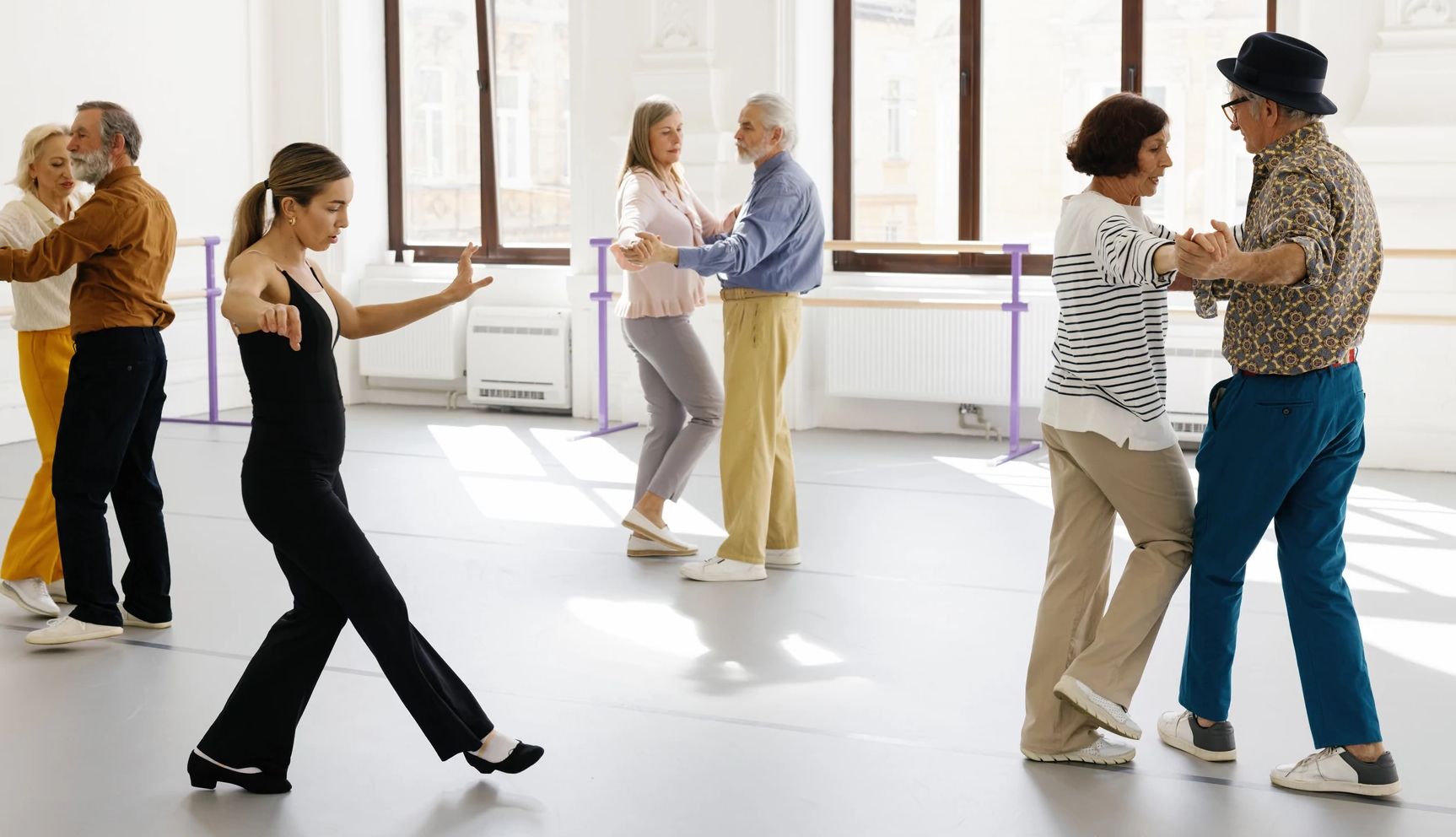
Exercise is crucial for managing parkinson's disease
- Select a language for the TTS:
- UK English Female
- UK English Male
- US English Female
- US English Male
- Australian Female
- Australian Male
- Language selected: (auto detect) - EN
Play all audios:

No matter where you start, exercise that gets the heart pumping harder has benefits for people with PD. In the study that tracked 237 people with early Parkinson’s for five years, people
benefited from exercise regardless of their fitness level or physical abilities at the start of the study. This shows it’s never too late to start exercising to get long-term benefits — no
matter your fitness level or your disease stage. Start with whatever is a challenge for you and work your way up to 150 minutes of exercise activity per week, Gilbert says. “Exercise is one
of the best things we can do for ourselves, especially when living with Parkinson’s. Knowing that, many people ask not just ‘what’s the best exercise?’ but also ‘how much should I
exercise?’ That’s a balance each person has to find for themselves. Exercise should feel hard. It should challenge you and make you sore and somewhat fatigued. But not so sore that you are
injured or so exhausted that you can’t do your normal activities," neurology and lifestyle medicine physician and movement disorder specialist, Rachel Dolhun, M.D., principal medical
advisor at The Michael J. Fox Foundation wrote on LinkedIn in May in response to a recent report on the possibility of overexercise with Parkinson's. CHOOSE EXERCISES THAT CHALLENGE
YOUR BRAIN What was that about dance and learning new skills? You may get more benefits from exercise that challenges your brain to think and learn while you move your body, Gilbert says,
like dance. “Learning something new, learning how to move in a new way, can change the biology of the brain,” she says. Animal studies, she says, have shown that a moderate-intensity but
mentally challenging exercise may improve blood flow to the brain more than a high-intensity but familiar exercise would. So, given the choice between the same daily brisk walk and your
first-ever tango class, choose tango. Dancing, in fact, may not only raise your heart rate and teach you something new, but it may also benefit your mood. For some people with PD, depression
takes a greater toll on quality of life than movement problems do. In a study published in 2024 in the _Journal of Medical Internet Research_, 23 people with PD took weekly dance classes at
Canada’s National Ballet School for eight months. Building on previous research that showed dance classes helped with movement, mood and functions of daily living, this study found that
after the dance classes, participants reported fewer symptoms of depression, and MRIs showed fewer biological signs of depression. Besides the exercise and learning components, dance classes
also give you a chance to socialize, which can help reduce symptoms of depression. Video: How Pickleball Helped This Player Manage Parkinson’s Boxing has gotten support from
Parkinson's research studies as well. Several small studies have shown that boxing can improve motor and non-motor symptoms of the disease. Researchers suggest it’s the aerobic and
strength training, along with balance and footwork and stretching that’s beneficial. Group boxing classes, like dance classes, also come with camaraderie built in. Whether it’s tango,
pickleball or ping-pong, pick something you’ll enjoy so that you stick with it. “When you have Parkinson’s disease,” Langeskov-Christensen says, “it becomes more difficult to motivate
yourself. You should really do ... what motivates you.”
